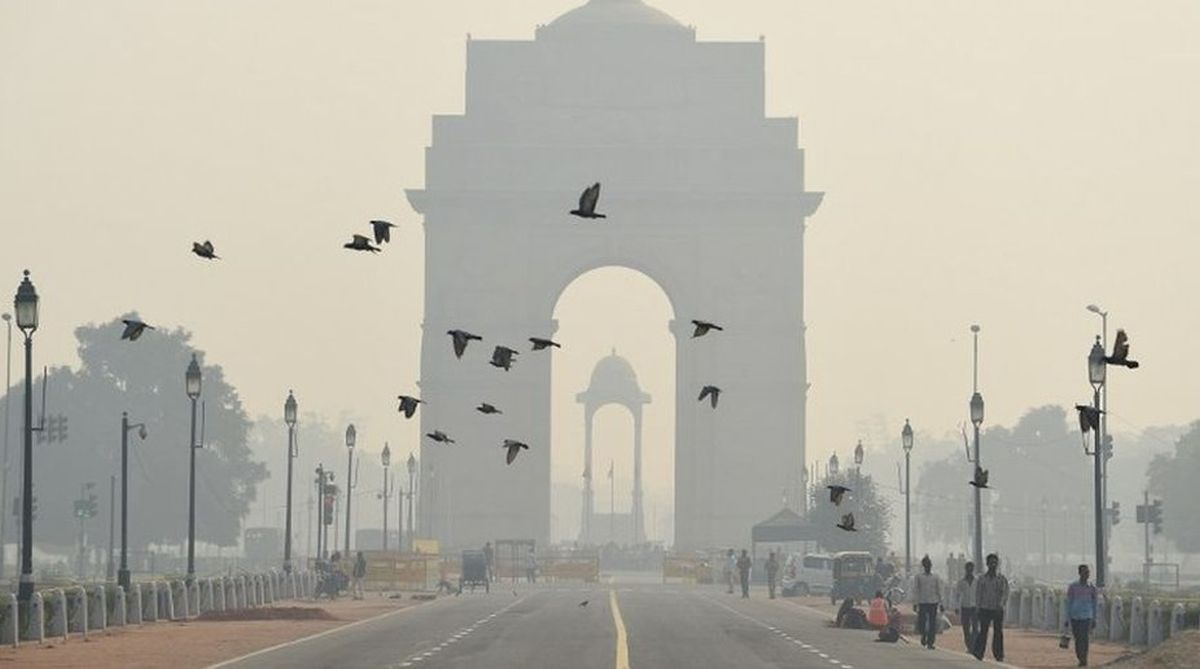Oil companies reduce price of 19 kg commercial and 5 kg FTL cylinders
Oil marketing companies reduced the prices of 19 kg commercial cylinders and 5 kg FTL (Free Trade LPG) cylinders, said sources.
Some long-term holistic solution needs to be launched to tackle air pollution before it becomes a national issue.

(Photo: Getty Images)
Alot has been written about Delhi’s air pollution problem during the winter. This may have obscured Delhi’s summer air pollution problem as well as the air pollution issues faced by other large Indian cities.
The Ministry of Earth Sciences undertook a study in October 2018 indicating that 21 per cent of the air pollution in Delhi was caused by dust. The high-speed winds that blow during the summer contribute to spreading harmful pollutants coming from other states like Rajasthan, Gujarat and Haryana. During the summer, the burning of wheat stubble in nearby agricultural areas exacerbates Delhi’s air pollution, as do forest fires in Uttarakhand.
On 13 May 2019, the air quality index reached a critical level for particulate matter 2.5, with an average recording of 154 micrograms per cubic meter. This is approximately five times the level for a safe environment. In some areas of the national capital region, the air quality index registered 500 micrograms per cubic meter.
Advertisement
The change in vehicular and domestic emissions (shifting to CNG and LPG) has led to an increase in nitrogen oxides. The chemical reactions of various oxides of nitrogen during summer heat is said to have produced some of the most harmful pollutants.
Apart from various regular pollutants, ozone gas emerged as a key pollutant in Delhi during the summer. The Centre for Science and Environment analyzed the data given by the Central Pollution Board for Delhi NCR on a daily level from 1 April to 15 June 2019. This report found that the ozone levels in Delhi exceeded the average prescribed level by a huge amount this summer as compared to the previous summer: The ozone levels in Delhi were as high as 16 per cent in 2019 compared to 5 per cent in 2018. This summer the highest concentration of ozone rose by 1.22 times from the standard prescribed level to a figure of 122 microgram per cubic meter. In May 2019, 20 per cent of the days exceeded the prescribed level as compared to 3 per cent in May 2018.
So far, various studies and reports on air pollution have been limited to Delhi. However, if we analyze the air pollution in nearby towns of northern India like Jaipur, Patna, Raipur, Gwalior and Allahabad, one can see the air quality index is almost as harmful as that of Delhi.
The experience of Delhi in dealing with environmental problems on a penal level has shown that instilling deterrence by strictly punishing the offenders of environmental regulations and banning pollutants like firecrackers has actually been successful in curbing violations. This can be linked to the psychology prevalent in the mindset of the people, who have assumed that they can get away with a serious violation of environmental norms as it is not considered a grave offence.
Some long-term holistic solution needs to be launched to tackle air pollution before it becomes a national issue. This air pollution is the main cause of global warming, climate change and damage to the ozone layer. Apart from various public-spirited citizens and groups like Care for Air, there is a need for various state organs and common citizens to step in. There needs to be a sensitization drive across India to make people aware of the causes of air pollution along with all possible remedies.
Advertisement